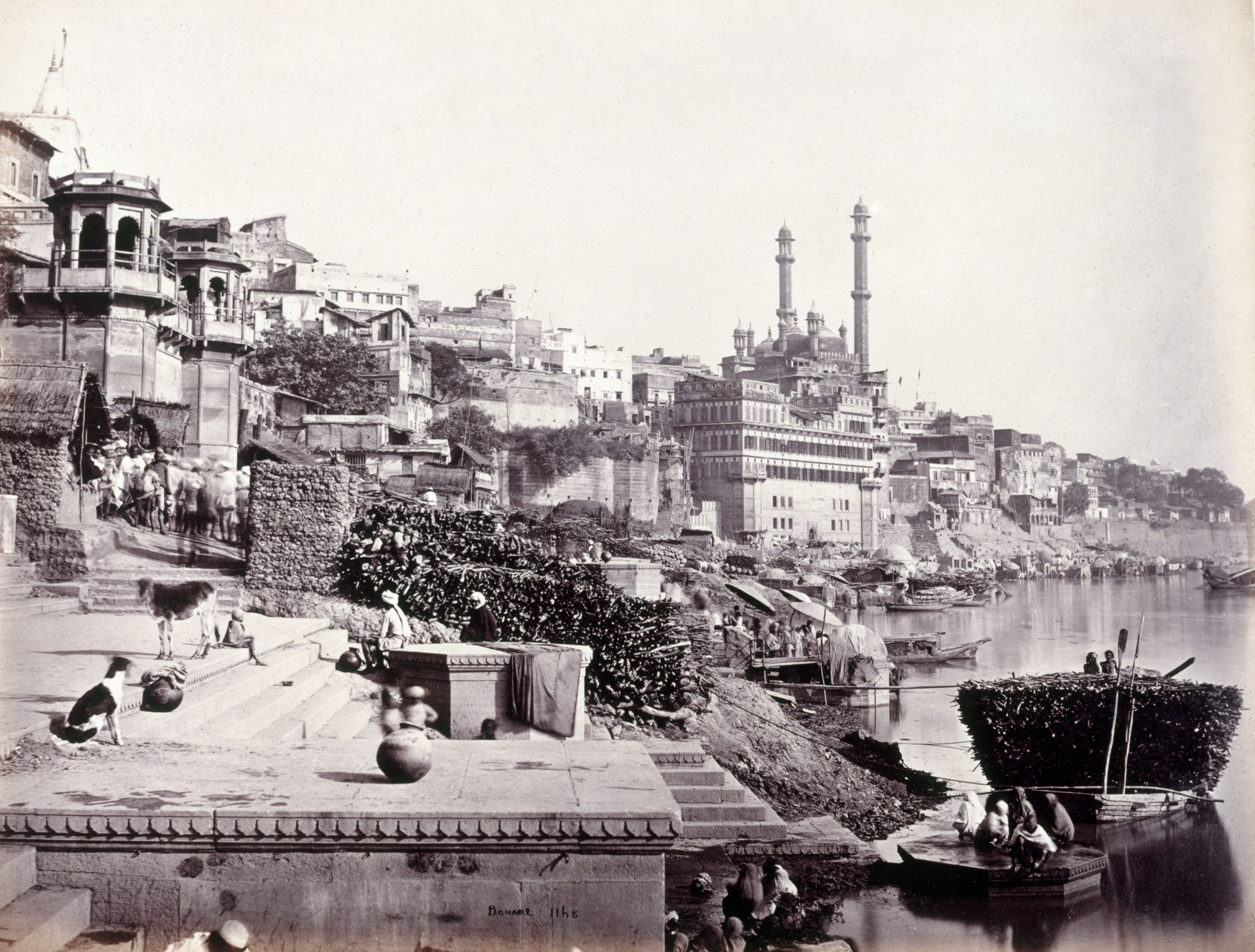Henri Cernuschi
Republican, banker and collector
Patriot and exile
Henri Cernuschi (1821-1896), Italian patriot, was one of the three “heroes” who in 1848 liberated Milan from Austrian occupation, and was elected as a parliamentary representative of the ephemeral Roman Republic (1848-49). At its fall, he sought refuge in France. His first years in Paris proved difficult, but he little by little built his reputation as an economist, and published Mécanique de l'échange (1865). His consulting services to investors and shares in various businesses earned him a fortune estimated in the late Second Empire at two million gold francs.
A committed republican
In order to defend republican ideas he acquired the newspaper Le Siècle, and opposed the Empire referendum in 1869. Exiled in Switzerland, he there learnt of the collapse of the Empire from Léon Gambetta, and returned immediately to Paris to be present at the proclamation of the Third Republic at the City Hall on 4th September 1870. Shortly afterwards, the minister Emmanuel Arago (1812-1896) presented him with his certificate of French naturalization.
World tour
Cernuschi was profoundly shocked by the dramatic events of the Commune of Paris, and embarked on a world tour from September 1871 to January 1873, in the company of a young art critic, Théodore Duret (1838-1927). During the course of his travels in Japan and China, he acquired around 5,000 works of art, which would later form the core of his collection. On his return to Paris, this collection, exceptional for its time, particularly the bronzes, was exhibited at the Exposition Orientaliste (August 1873-January 1874) at the Palais de l’Industrie.
The building of the mansion
In the same period, Henri Cernuschi purchased the last unbuilt plot on Avenue Vélasquez from the Péreire brothers, and commissioned the architect William Bouwens van der Boijen to build a private mansion, where he would reside surrounded by the art works he brought back from his travels in Asia.
He died in Menton in 1896 after leaving his mansion and his Asian collections to the City of Paris. The museum opened on 26 October 1898.
